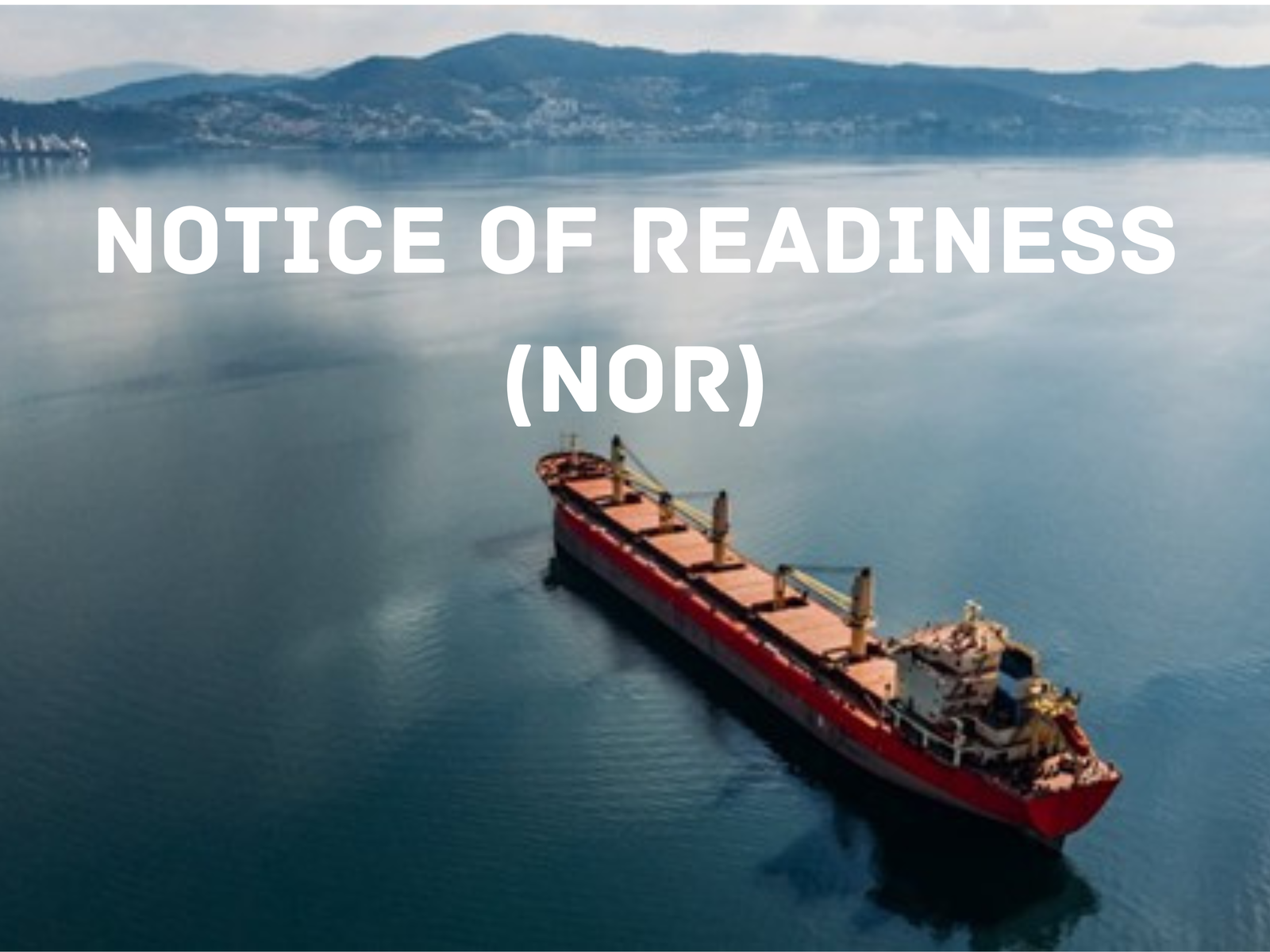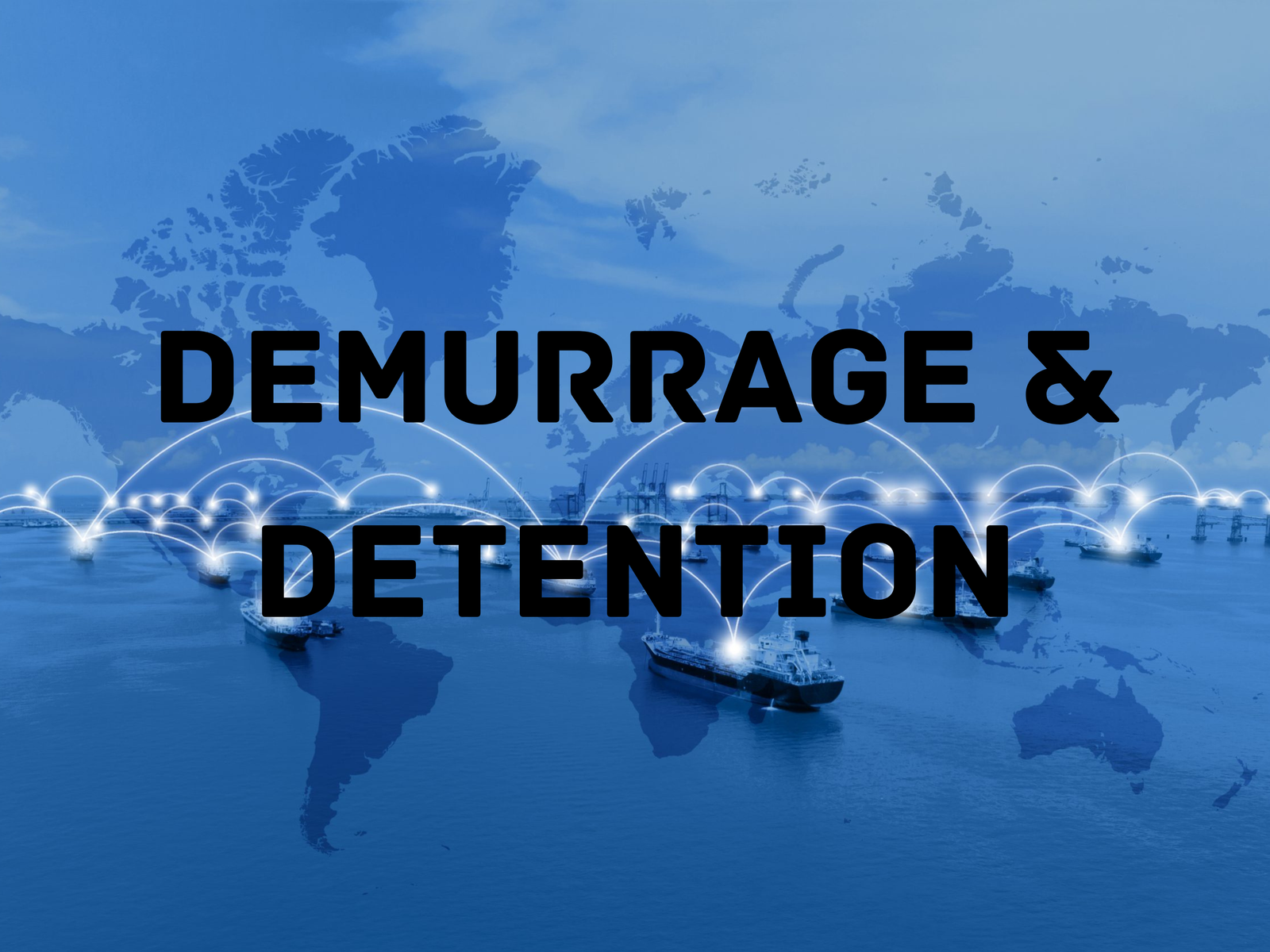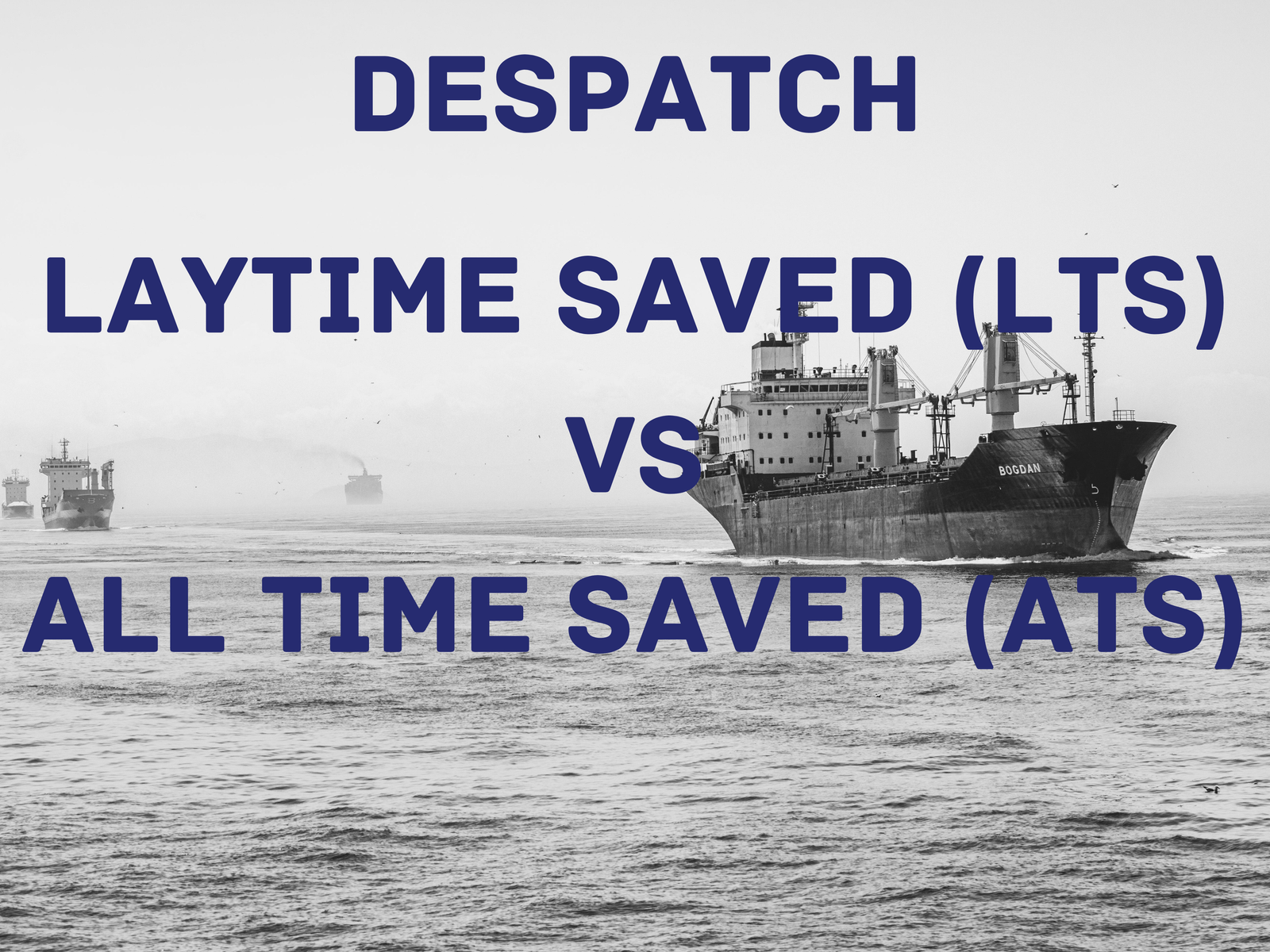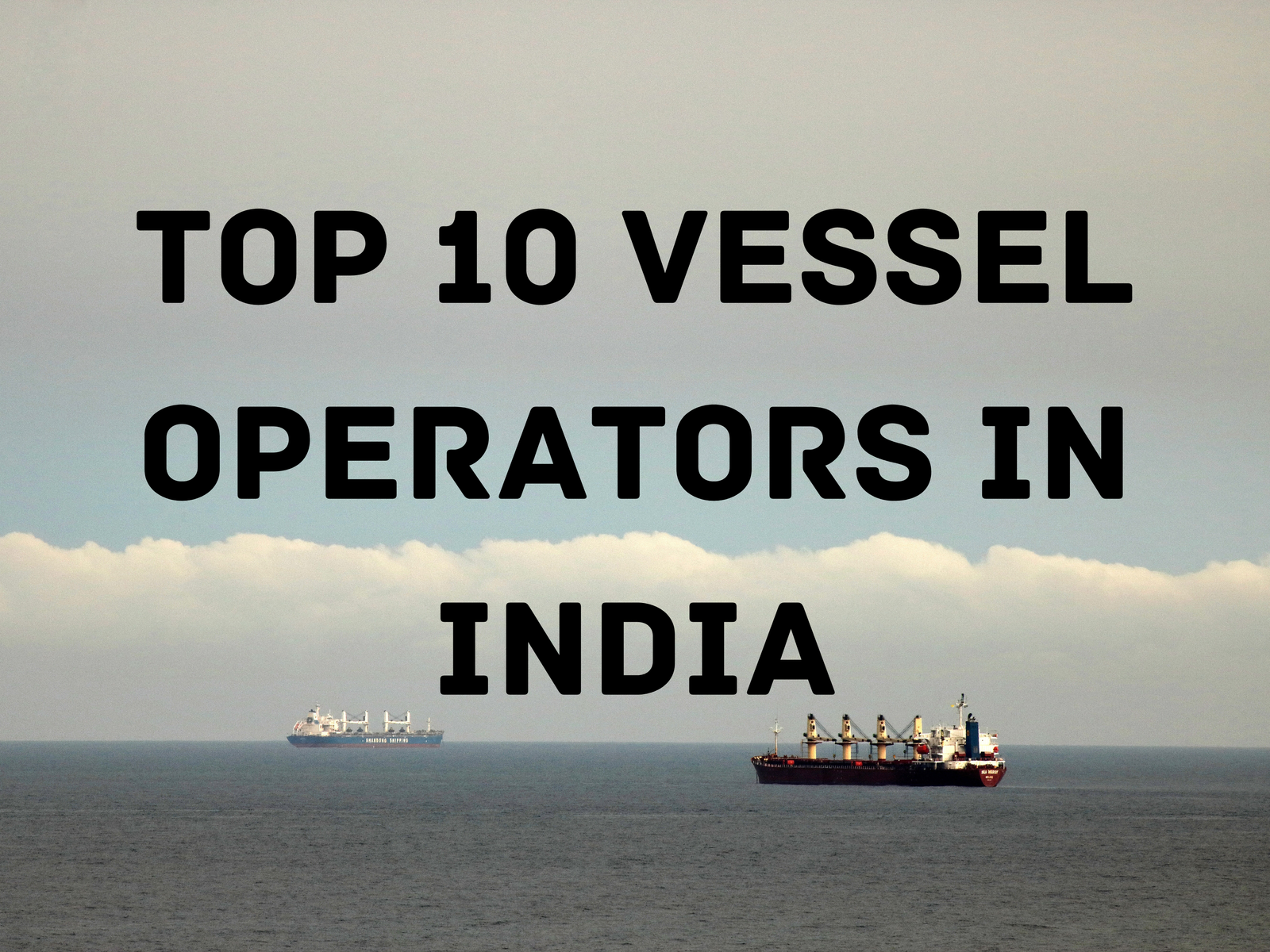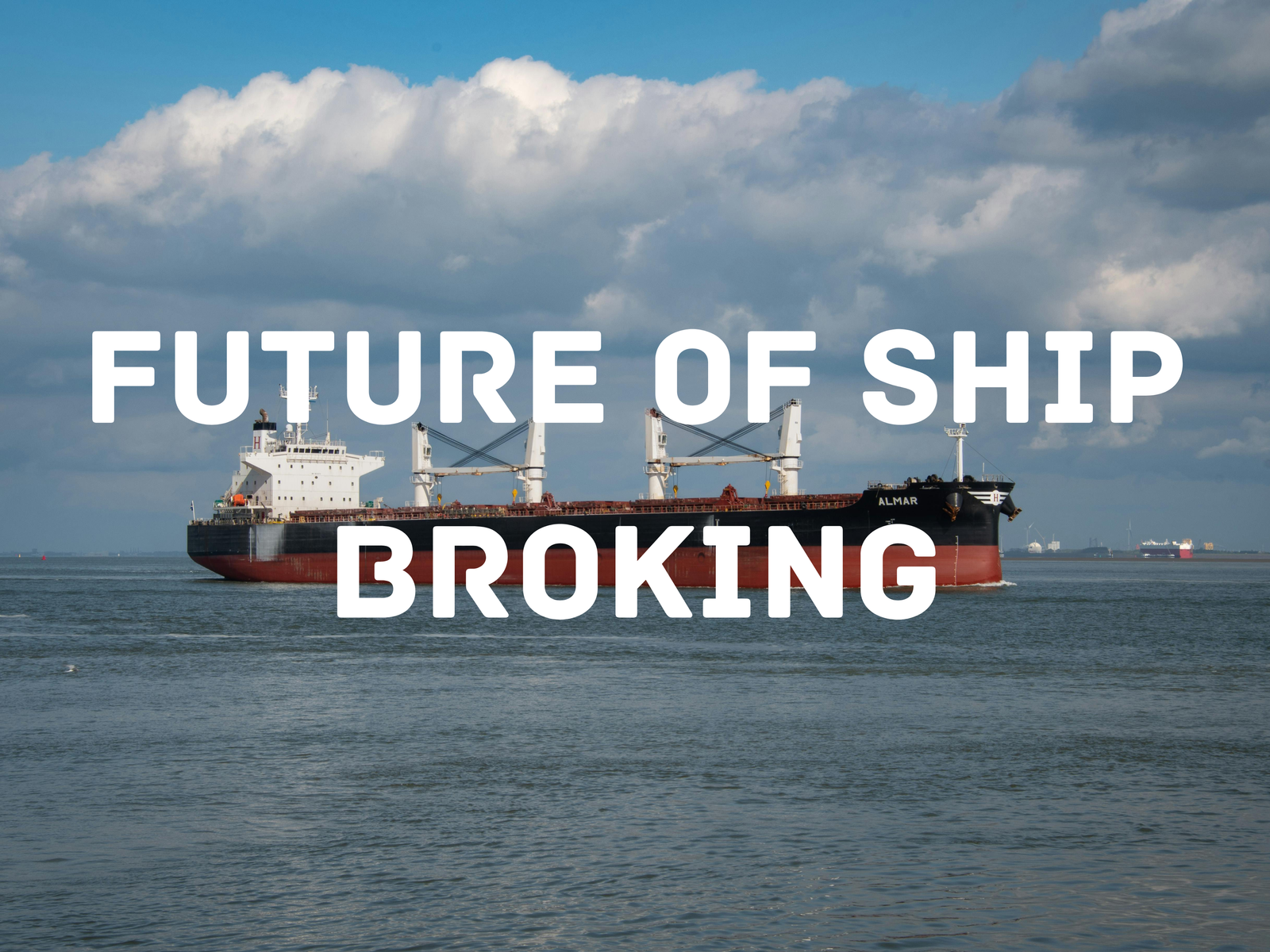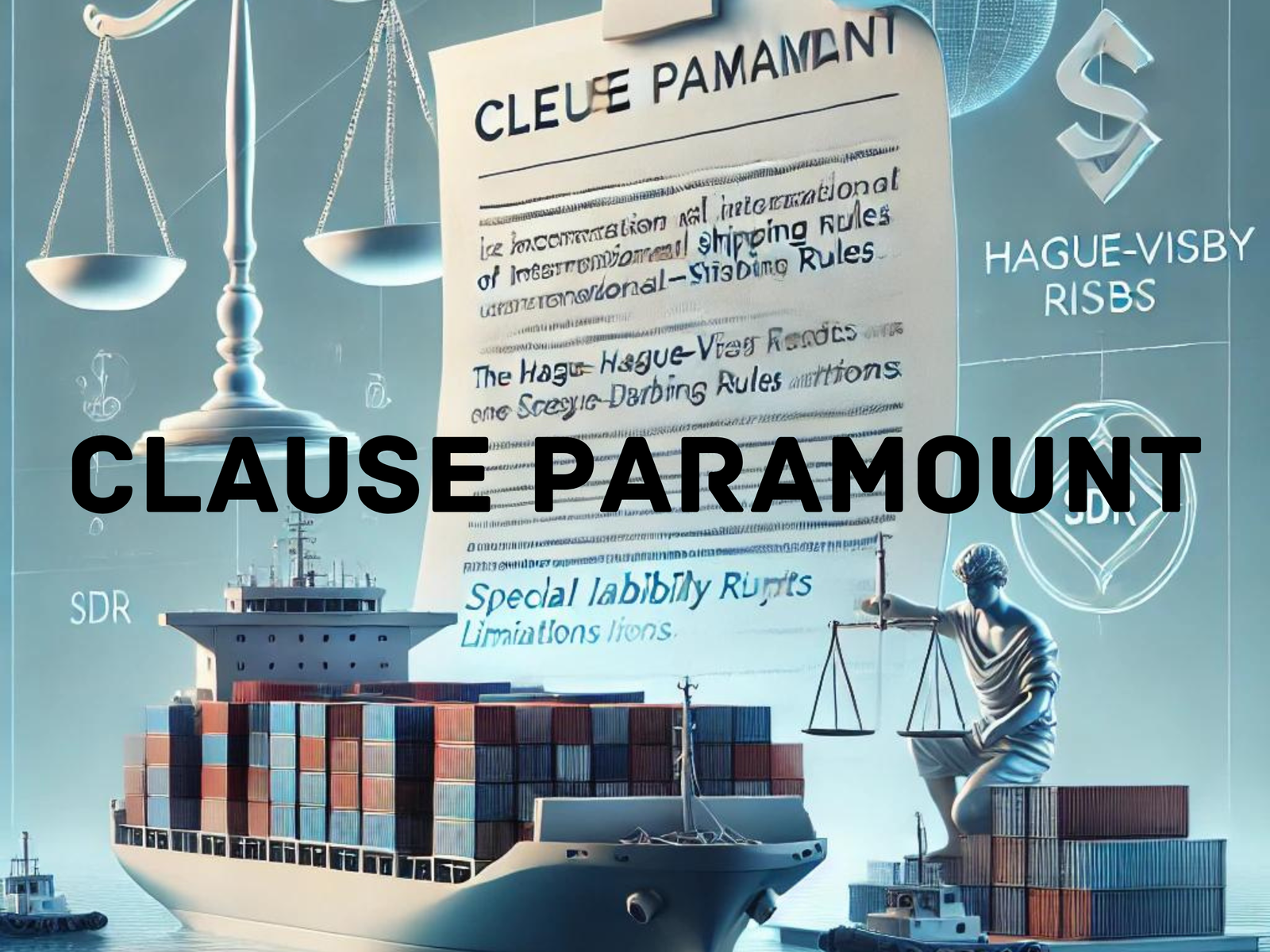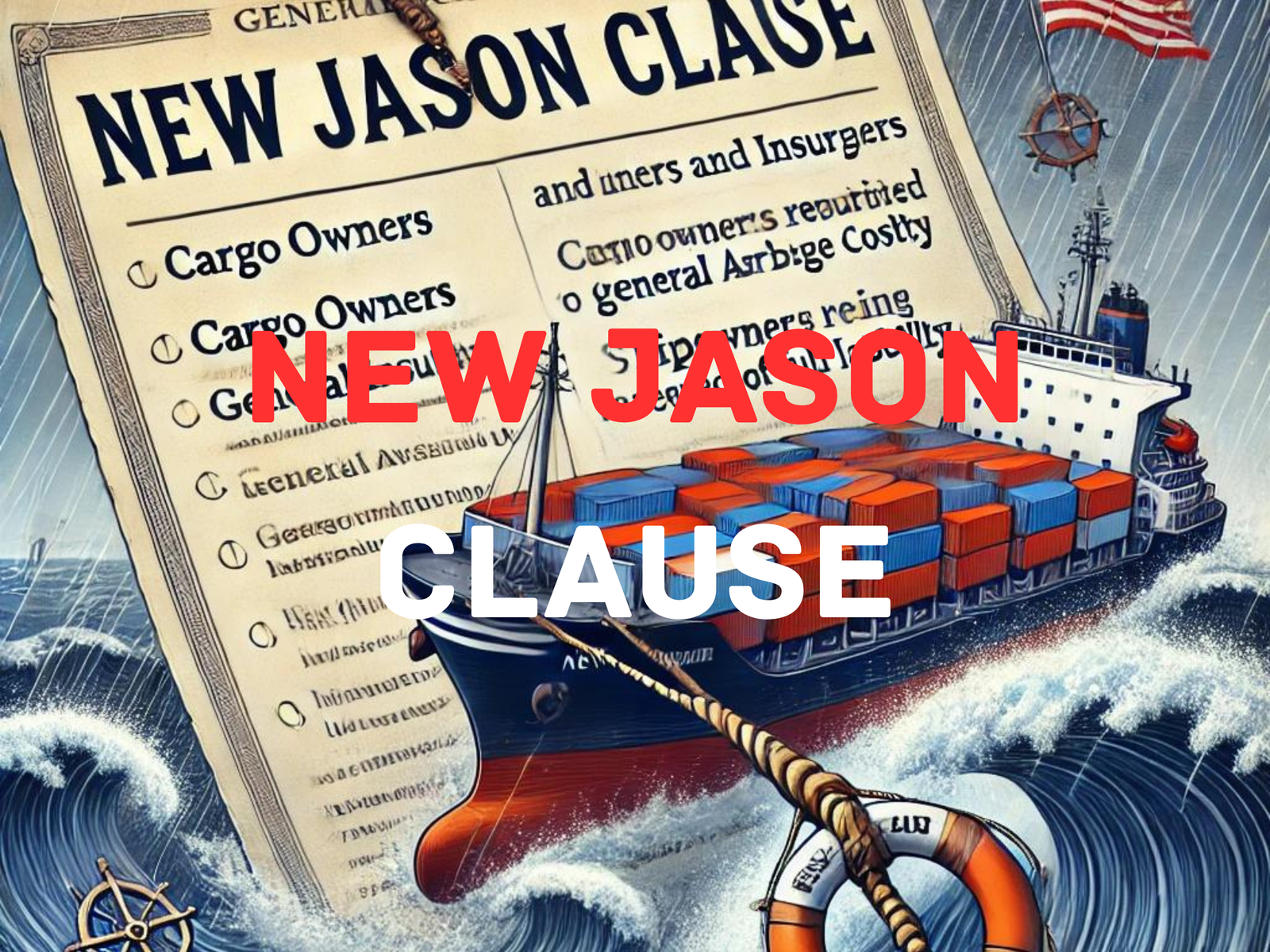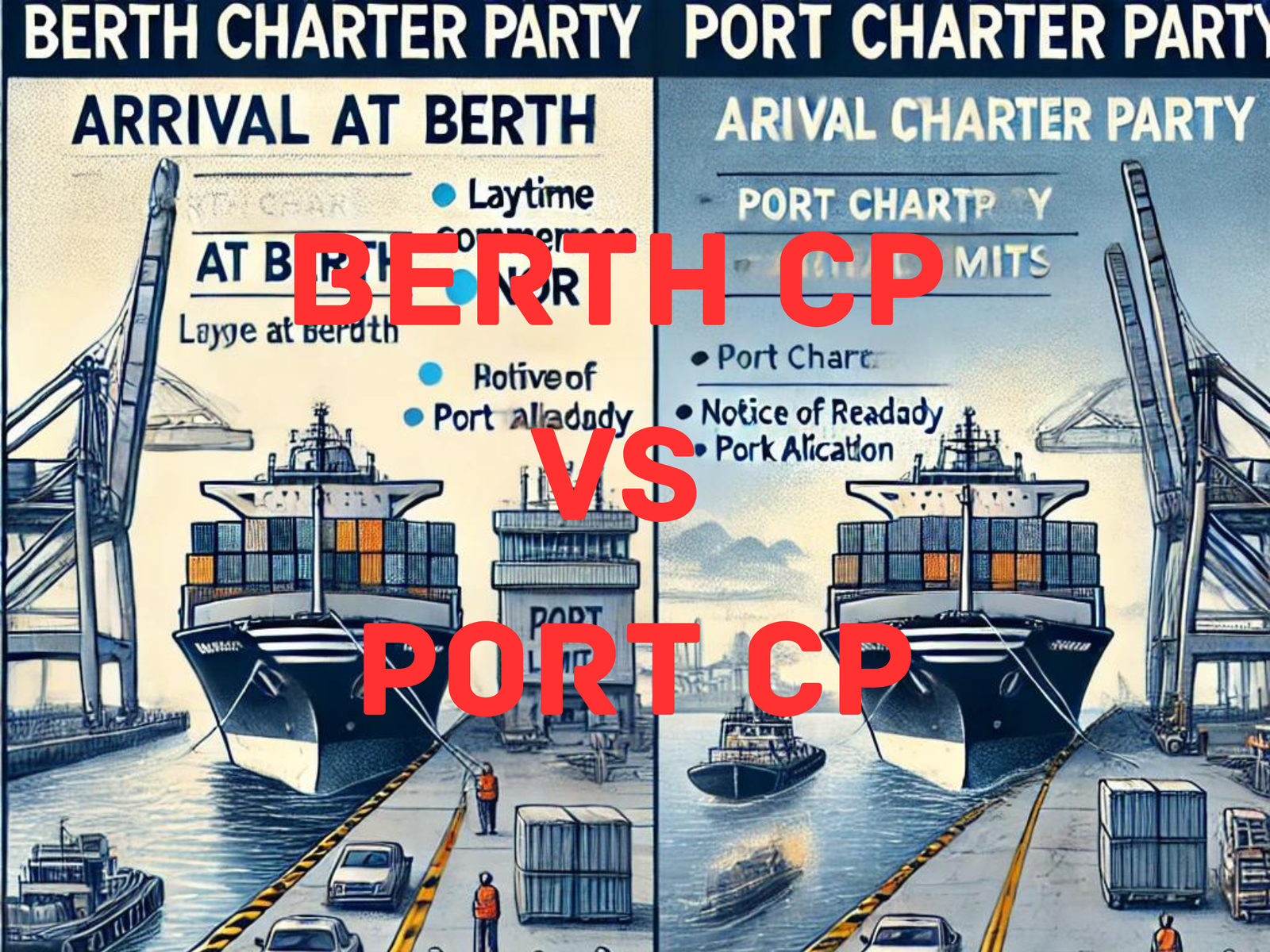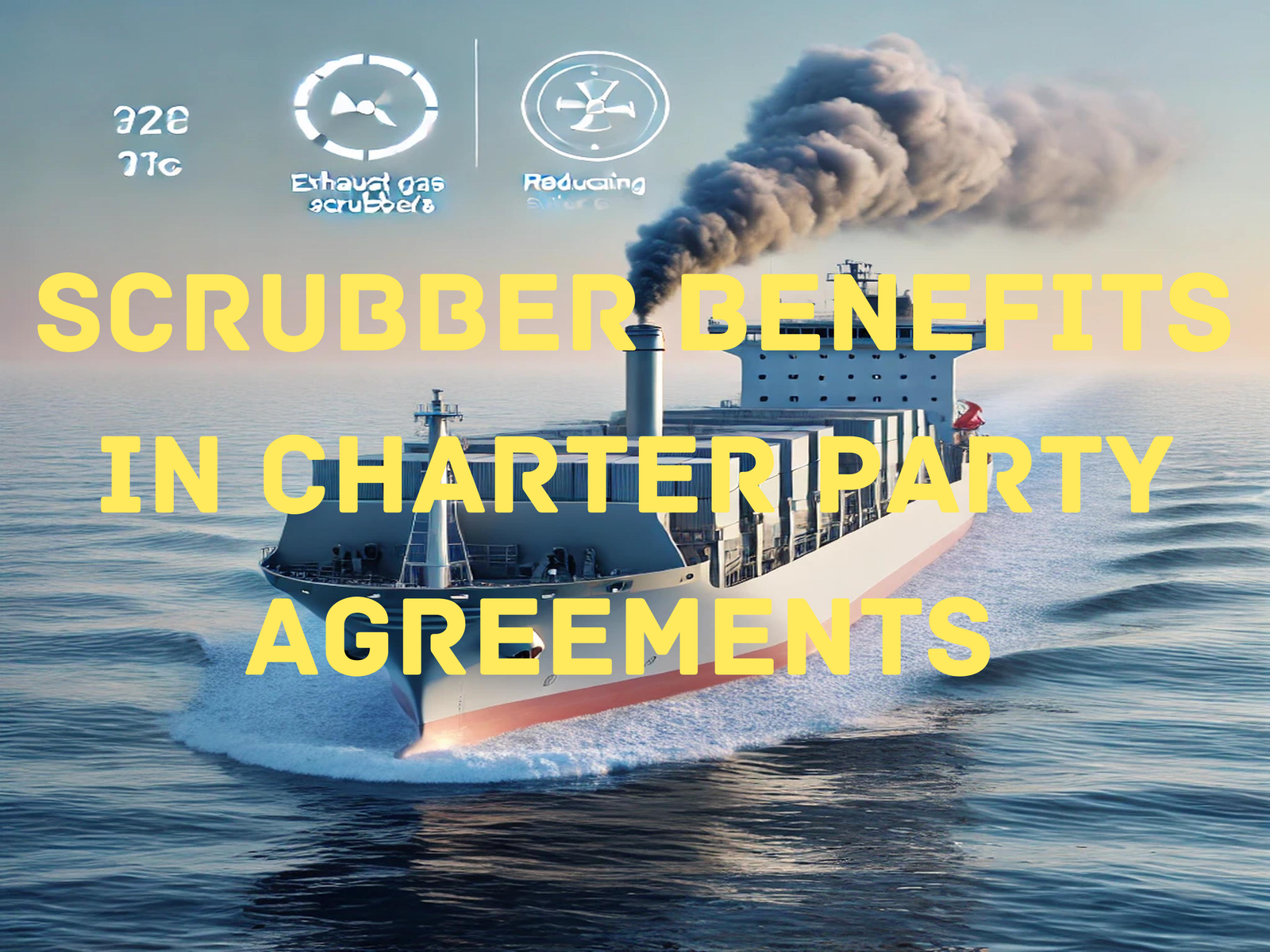Warping is a vital technique in the maritime industry that ensures the precise and safe maneuvering of ships within ports and berths. Mastering the art of warping can help shipping professionals enhance docking efficiency and avoid operational setbacks, making it an essential aspect of port management.
What is Warping in Shipping?
Warping in shipping refers to the method of moving a ship along a berth or repositioning it using ropes or lines secured to winches or shore facilities. This process allows for fine adjustments without relying on tugboats, ensuring controlled and cost-effective vessel movements.

Key benefits of warping include:
- Accurate Docking Alignment: Ensuring vessels are correctly positioned for loading and unloading operations.
- Tidal and Current Adjustments: Adapting to changing water conditions to maintain vessel stability.
- Maximized Port Space: Efficient use of berth space by repositioning ships as needed.
When is Warping Used?
Warping is a crucial solution in various maritime scenarios, including:
- Fine-Tuning Berth Positioning: Ships often require minor adjustments to align with loading cranes or pipelines.
- Congested Ports: In busy harbors, incremental movements help optimize space utilization.
- Adverse Environmental Conditions: Changing winds, tides, and currents necessitate precise repositioning.
- Routine Maintenance and Inspections: Vessels may need shifting within dry docks for servicing or cleaning.
Best Practices for Safe and Efficient Warping
Implementing warping effectively requires adherence to key best practices, such as:
- Selecting High-Quality Ropes: Choosing durable, weather-resistant lines to handle tension and load variations.
- Coordinating with Port Authorities: Ensuring smooth communication to avoid accidents and delays.
- Assessing Environmental Conditions: Monitoring tides, wind speeds, and currents before initiating warping.
- Using Mechanical Assistance: Utilizing winches and bollards for controlled movement and safety.
Why Warping Matters for Maritime Efficiency
Proper warping techniques contribute significantly to shipping efficiency by reducing vessel turnaround times, optimizing berth usage, and preventing costly delays. Neglecting warping procedures can result in operational bottlenecks, increased fuel consumption, and potential safety risks.
Conclusion
Warping in shipping is an indispensable technique that enhances port operations and vessel maneuverability. By understanding and applying best practices, shipping professionals can improve efficiency, safety, and overall productivity in port management. Whether you are a ship captain, a port operator, or part of the dock crew, mastering warping techniques is crucial for seamless maritime operations.
For more details reach out to us.

